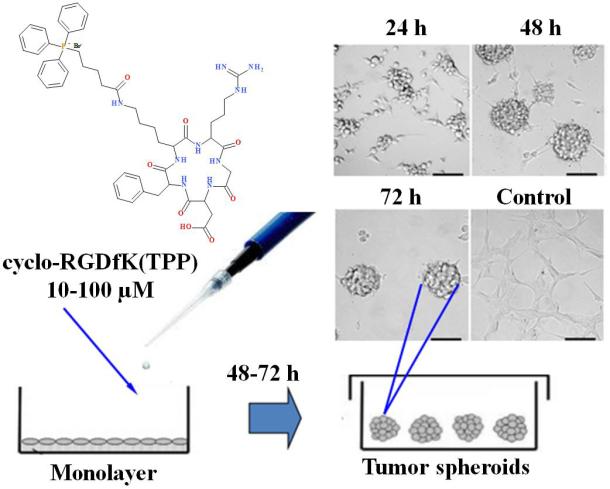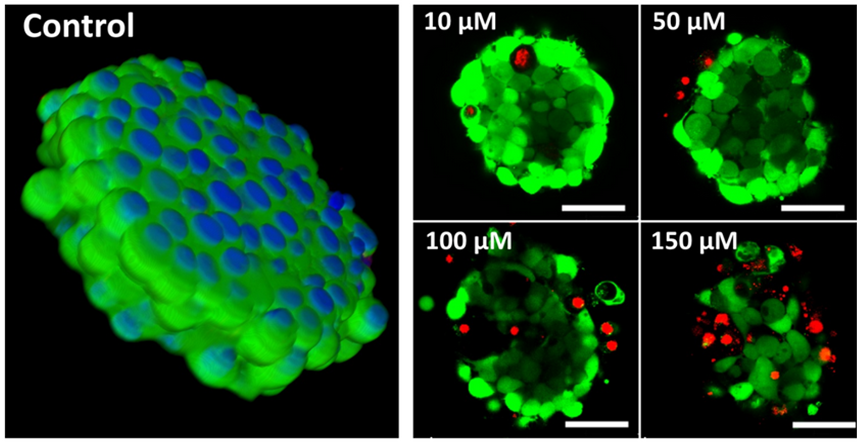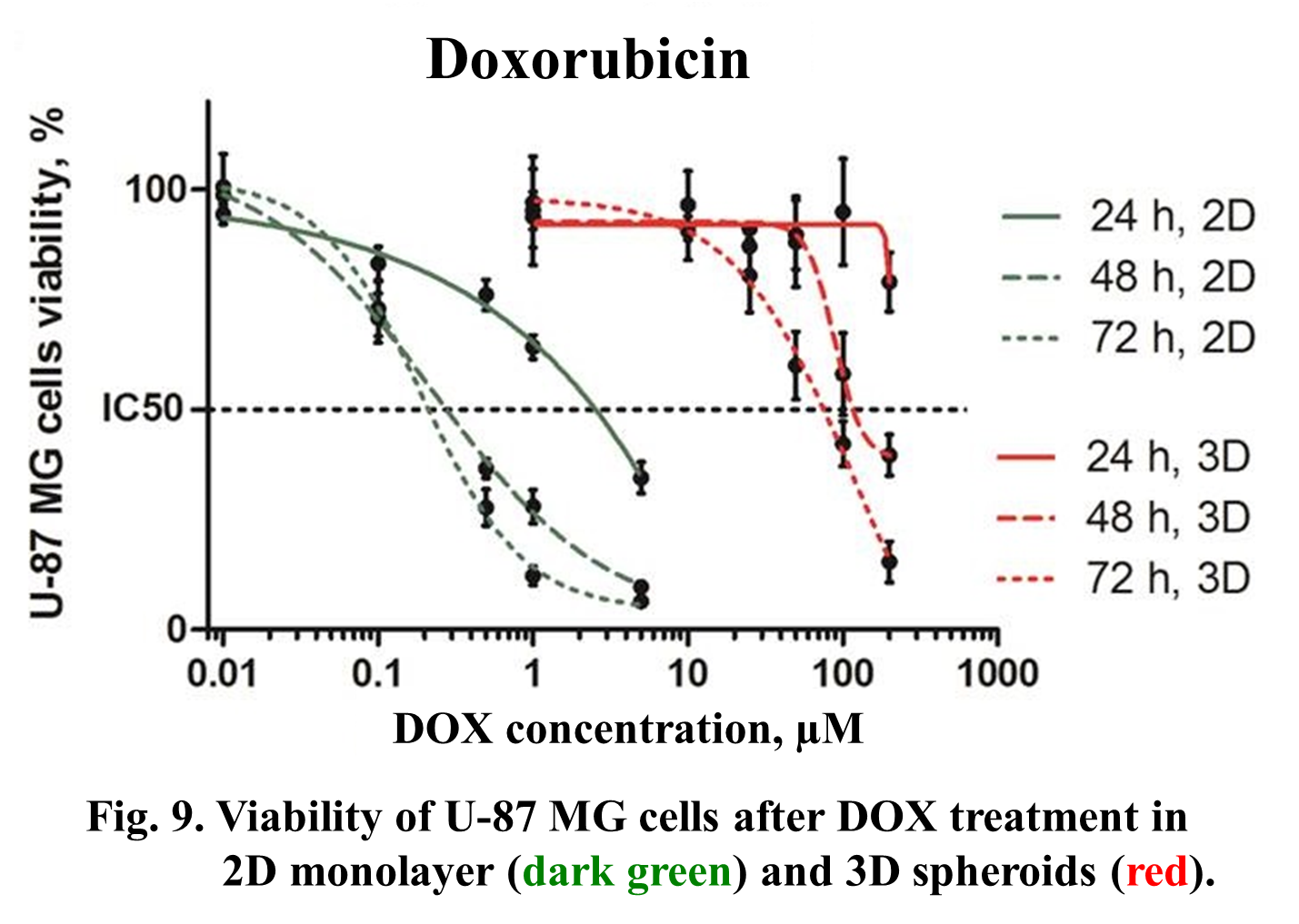Welcome to Iris Biotech
For better service please confirm your country and language we detected.

For better service please confirm your country and language we detected.

Thank you very much for your interest in our products. All prices listed on our website are ex-works, Germany, and may attract customs duties when imported.
You may/will be contacted by the shipping company for additional documentation that may be required by the US Customs for clearance.
We offer you the convenience of buying through a local partner, Peptide Solutions LLC who can import the shipment as well as prepay the customs duties and brokerage on your behalf and provide the convenience of a domestic sale.
Continue to Iris Biotech GmbHSend request to US distributorPublished on 01.06.2018

Sutherland et al. were the first to propose multicellular tumor spheroids as 3D models of small solid tumors. Multicellular tumor spheroids (MTS) are useful 3D in vitro models that mimic the in vivo tumor environment. Such 3D modeling systems are valuable intermediates between in vitro and in vivo studies. There are several methods for the preparation of MTS, most of which involve multiple steps, time-intensive preparation, the need for specialized equipment, or a combination thereof.
A novel one-step, reproducible method of spheroid formation is based on the use of a cyclic RGD-peptide equipped with a triphenylphosphonium group, abbreviated cyclo[RGDfK(TPP)]. Addition of this peptide to a monolayer cell culture leads to the self-assembly into loose cell aggregates through interaction with alpha-5 beta-1 integrins. This interaction has been proposed to trigger the expression of E-Cadherin, a cell adhesion protein located in the plasma membrane, which most likely takes place during a latent period. Approximately 72 h after addition of the cyclic RGD-peptide, the loose cell aggregates compact into tight multicellular spheroids. This transformation has been suggested to be caused by the presence of a sufficient number of Cadherin molecules on the cell surfaces.

Addition of cyclo-[RGDfK(TPP)] (10-100 µM) to a monolayer cell culture results in the formation of loose cell aggregates first, followed by a latent period and then compaction into multicellular spheroids.
The utility of this method was demonstrated with several cell lines including cancer, normal and stem cells. The following cell lines are known to form MTS upon addition of cyclo-[RGDfK(TPP)]:

Co-cultured mouse melanoma M-3 cells stained with DiO and mouse fibroblasts L-929 stained with DiI.
It was posited that cyclo[RGDfK(TPP)] mimics the micro tumor environment (MTE) and the interactions of tumor cells with the extracellular matrix (ECM). In particular, cyclo[RGDfK(TPP)] was proposed to mimic the RGD-motif of fibronectin which is recognized by corresponding binding motifs in integrins. Therefore, cyclo[RGDfK(TPP)]-induced spheroids are valuable tools for the design of 3D in vitro tumor models, as well as for tissue regeneration experiments.

Screening of anticancer compounds using 3D spheroids model.

Viability of U-87 MG cells after DOX treatment in 2D monolayer (dark green) and 3D spheroids (red).
The peptide cyclo[RGDfK(TPP)] for 3D spheroid formation is produced by Cytomed (St. Petersburg, Russia) in cooperation with Iris Biotech.